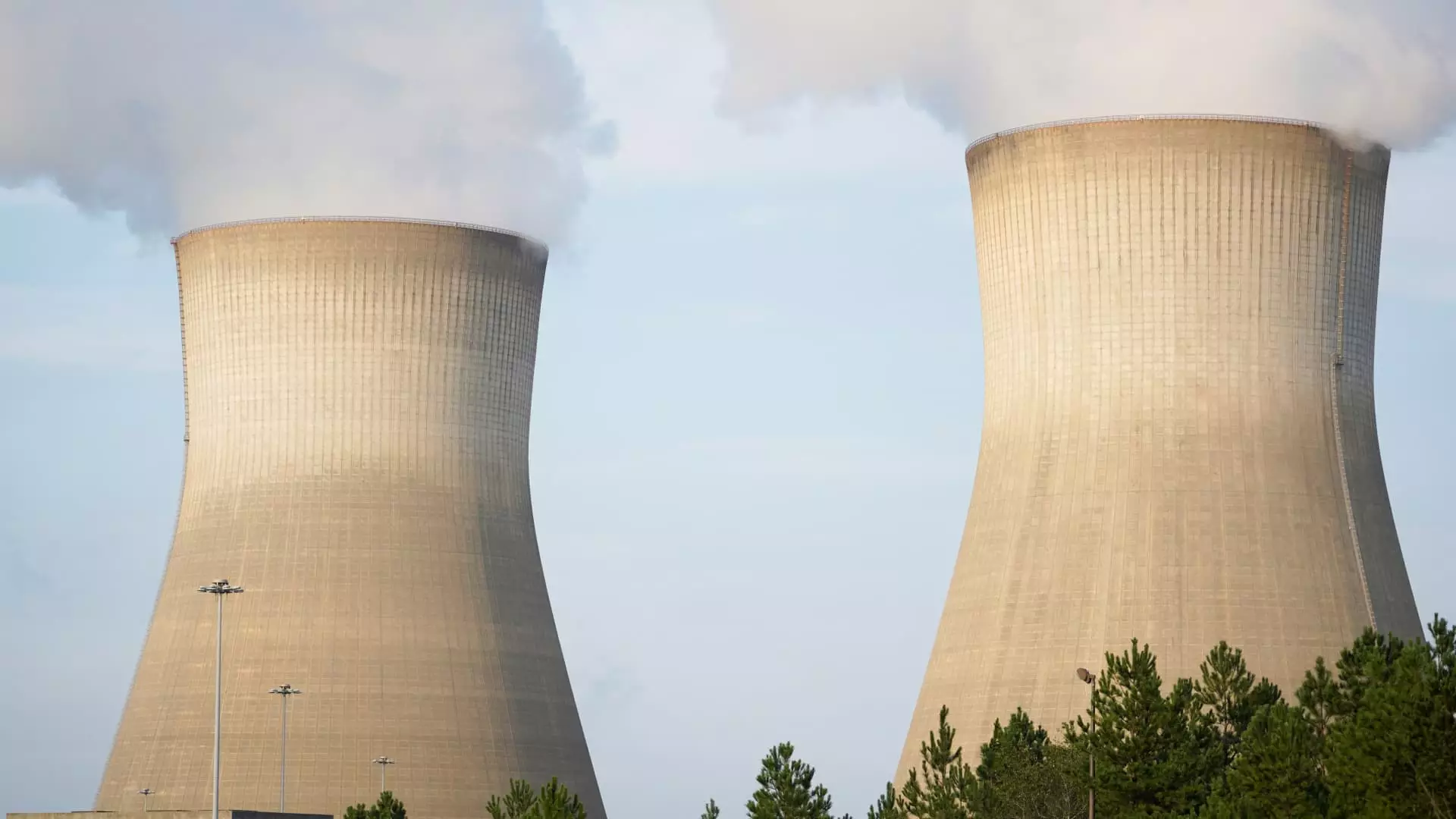The recent surge in nuclear power stocks reflects more than just market optimism; it signifies a pivotal moment in the intersection of governmental policy and the energy sector. Following President Donald Trump’s executive orders to revamp the Nuclear Regulatory Commission (NRC) and facilitate the rapid rollout of new nuclear reactors, companies like Oklo and NuScale saw their stocks skyrocket by more than 27% and 18%, respectively. This phenomenon highlights a critical juncture where political agenda meets industry evolution, raising questions about the sustainability and safety of what may be touted as “clean energy.”
In an environment characterized by skepticism towards nuclear energy, particularly concerning environmental safety and waste management, these regulatory changes have sparked a debate that transcends economic gain. While the stock market reaction seems overwhelmingly positive, it’s essential to scrutinize the long-term implications of fast-tracking nuclear projects. Are we prioritizing the immediate gains of stock jumping over longer-term ecological consequences?
Small Modular Reactors: A Futuristic Gamble
The President’s noteworthy endorsement of small modular reactors (SMRs) underscores a vision that resonates with many in the nuclear industry who yearn for innovation and lower capital costs. Trump’s assertion that SMRs represent the future of nuclear energy is not merely rhetoric; it reflects a trend towards decentralization and smaller-scale energy solutions. However, proponents must grapple with integral questions surrounding the technology’s readiness for widespread implementation. Are these SMRs as revolutionary as claimed, or are they just a softer, more palatable face for an industry struggling to garner public trust?
Moreover, the commitment to large-scale plants simultaneously raises a red flag for environmentalists and advocates of renewable energies. Trump’s dual focus on both small and large reactors creates a paradox: while smaller reactors might mitigate some of the risks associated with nuclear energy, the expansion of massive nuclear facilities could amplify concerns about safety protocols, waste management, and disaster preparedness.
Uranium Mining and Domestic Enrichment: The Other Side of the Coin
The executive orders also set the stage for an upswing in domestic uranium mining and enrichment, presenting a controversial push to enhance the United States’ energy independence. Companies like Cameco Corp. benefit greatly from such policies; however, it’s critical to ask: at what environmental cost? Increased uranium mining could result in ecological devastation, exacerbating water scarcity and poisoning local ecosystems. The discourse often neglects the juxtaposition between energy independence and sustainable practices.
Additionally, the proposed regulatory overhaul of the NRC introduces a sense of urgency but potentially undermines the integrity of safety regulations. Critics argue that this haste could lead to compromised oversight as decisions on nuclear license applications must be finalized within an ambitious 18-month timeframe. Is the government genuinely prioritizing progress, or is it an aggressive ploy to shift focus from more vital energy policy discussions—like those revolving around renewable sources?
While the bullish response from the market demonstrates a favorable attitude toward nuclear investment, it also raises fundamental questions about governmental responsibilities, environmental ethics, and the future trajectory of energy policy in America. The interplay between political motivations and public safety cannot be ignored as we dance precariously on the edge of a nuclear renaissance.

